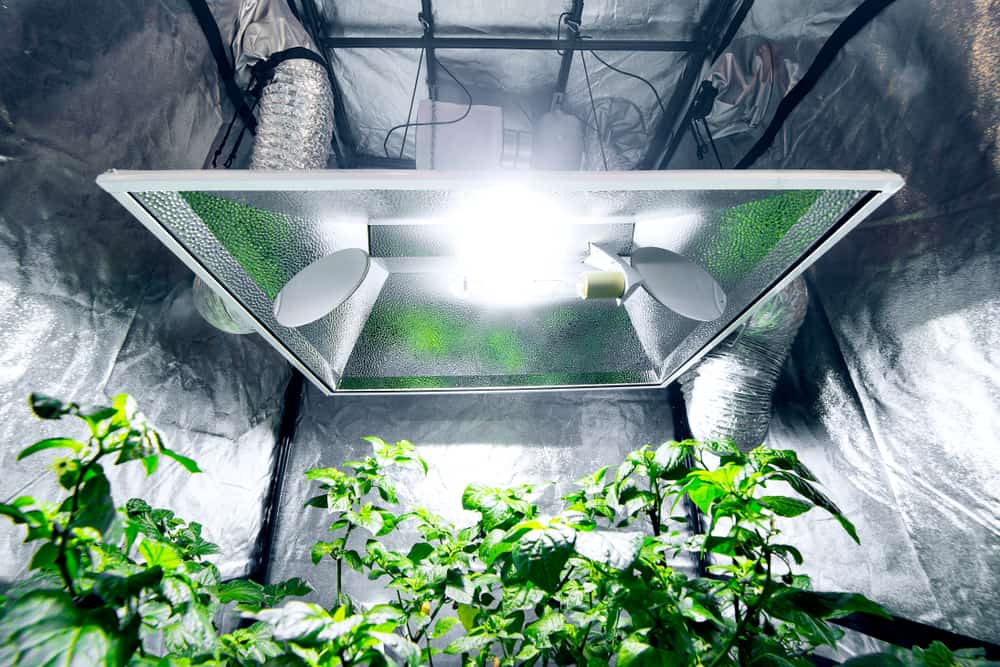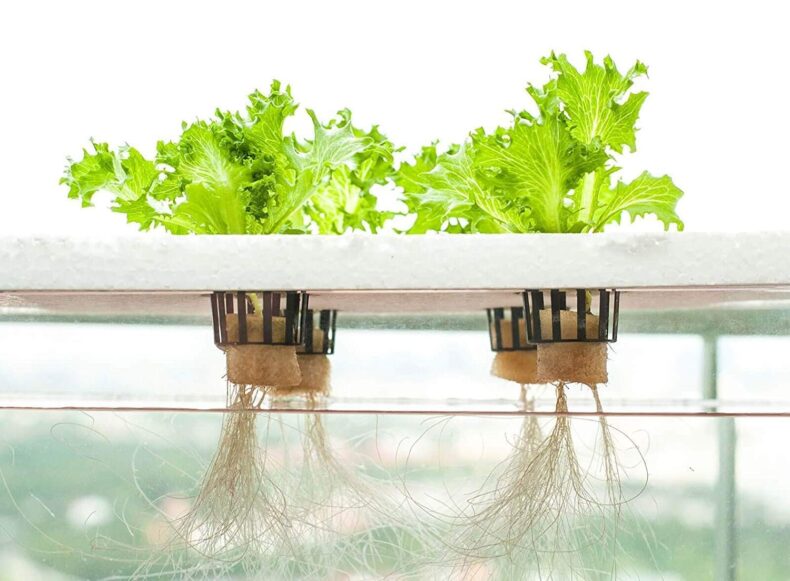DIY Hydroponic Nutrients (How To Make Your Own Formula)
Hydroponic cultivation is all about control, so it’s unsurprising that a growing number of hydro-enthusiasts are turning to DIY hydroponic nutrients for their setups. But with all of the readymade nutrients out there, why would you want to go through the effort of making your own DIY hydroponic formula? As great as they are, premixed … Read more




